
Give thanks for your freezer, especially in summer. From ice cubes to ice cream, Popsicles to frozen pizza, items stored in this practical appliance prevent owners from losing their cool.
“You can freeze anything,” says Lizann Powers-Hammond, a food preservation expert at Washington State University Extension. “It’s not a safety issue.”
Still, not everything should be stored in your freezer.
Thawed-out food may not make you sick, but some foods do not defrost in an appetizing way, Powers-Hammond tells Money Talks News.
The following are items that she says are better off unfrozen, or that at least require some know-how when freezing.
1. Milk intended for drinking
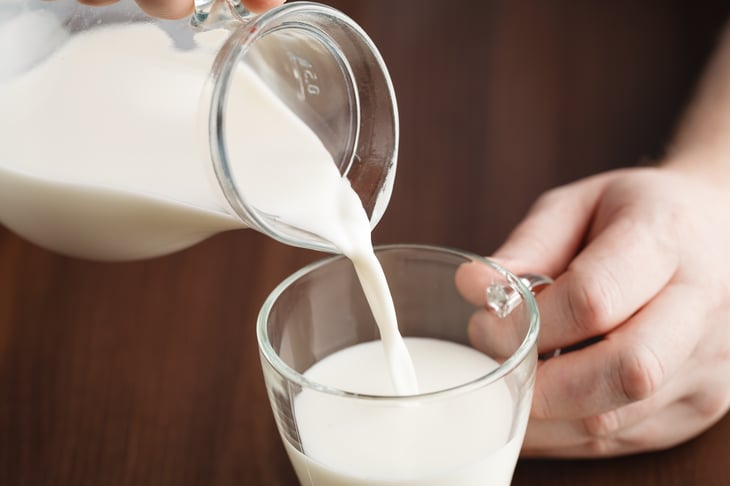
This may surprise you, but you can freeze milk for up to a month. However, the result is best used for cooking, not for drinking. That’s because the fat separates from the rest of the milk when frozen.
Similarly, cream-based sauces and gravies can clump and thaw in ways you may not enjoy, Powers-Hammond says.
If you don’t have room for milk in your fridge or freezer, consider buying powdered milk and making it in small batches as needed. Powdered milk is a stockpile-friendly option, as we detail in “15 Types of Groceries That Can Keep for Years.”
2. Leafy greens

We all should probably eat more leafy greens, such as lettuce and endive. But don’t try freezing them.
The high moisture content that makes them so crisp and delicious when fresh turns them soggy and limp when thawed.
3. Salad vegetables
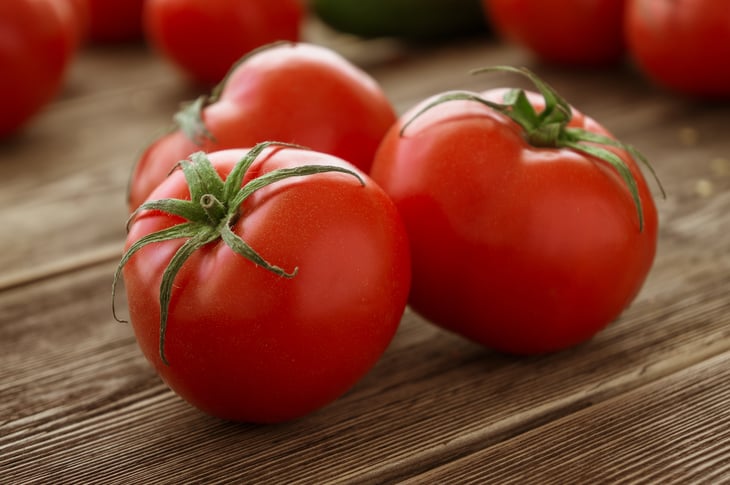
Speaking of lettuce, the raw veggies that brighten up tasty salads — such as cucumbers, tomato, celery and radishes — aren’t freezer-friendly, either.
If you must freeze these, Powers-Hammond recommends first blanching them by immersing them briefly in boiling water. This guide to freezing food includes instructions for blanching.
Alternatively, for a quick and easy way to use up salad vegetables, check out “This Homemade Meal Is Cheap, Healthful and Requires No Cooking.”
4. Russet potatoes
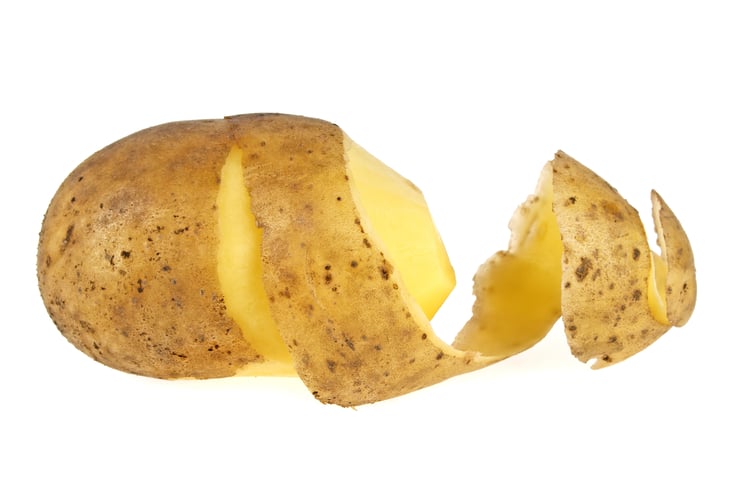
Know your potato before popping it into the freezer. The popular russet, so nice and fluffy when prepared fresh, tends to turn mealy when frozen. When freezing a stew, for example, be prepared for the potatoes to lose their shape.
Best for freezing are the waxy little red potatoes. But even those should be blanched before freezing.
5. Fried foods

It’s hard to beat a good, crisp dish of french fries, served hot with salt and ketchup.
But don’t freeze your leftover fries. They get soggy when they’ve been frozen and then thawed.
6. Cooked pasta

For best taste and texture, freeze homemade pasta and the soft, fresh pastas found in the refrigerated area of a grocery store only before — and not after — cooking.
Pasta that is fully cooked can turn soft and mushy when it’s reheated, delivering an unappealing “warmed-over” taste, Powers-Hammond says.
Here’s a tip: If you’ll be making extra lasagna or other pasta dishes to freeze, undercook the pasta. Aim for a classic “al dente” (slightly firm) texture.
7. Mayonnaise and mayo-based dressings
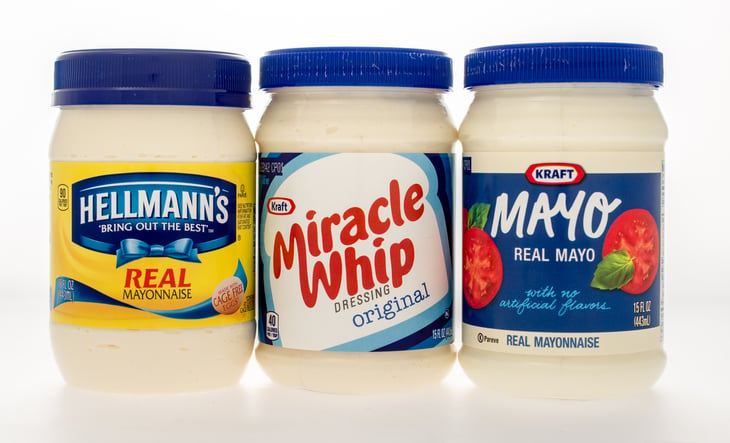
Mayo and mayonnaise-based dressings “get kinda gross” with freezing, Powers-Hammond says.
Mayo won’t come out of the freezer the same way it went in. It is an emulsion — a combination of ingredients (oil, egg yolks and lemon juice or vinegar, in this case) that don’t normally mix easily. The emulsion tends to separate when thawed.
That rule holds twice for potato salad, since potatoes, eggs and mayonnaise all are freezer-unfriendly. It’s not that frozen potato salad is unsafe. It just won’t be very yummy or appealing.
8. Hard cheeses in block or wedge form
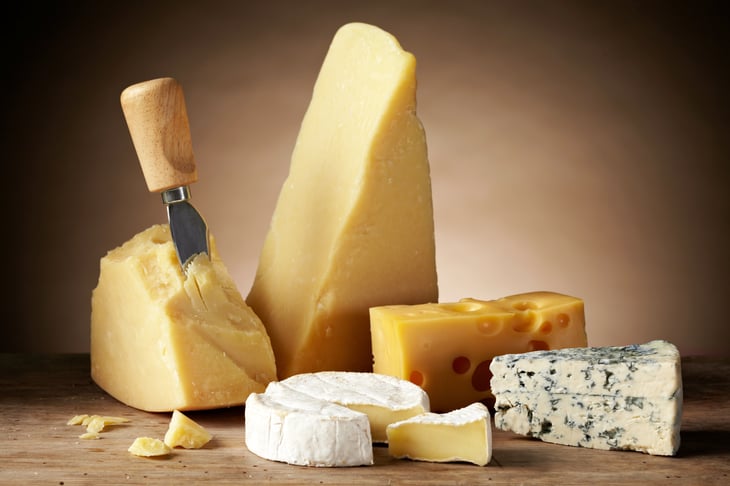
You can freeze hard cheeses, such as aged cheddar. Just don’t count on using it later in a tray of sliced cheeses.
Freezing hard cheese makes it crumbly. Before freezing, plan how you’ll use it. Crumbly frozen cheese can be great in a recipe.
Powers-Hammond recommends grating a block or wedge of hard cheese before freezing.
9. Cream or custard fillings and puddings
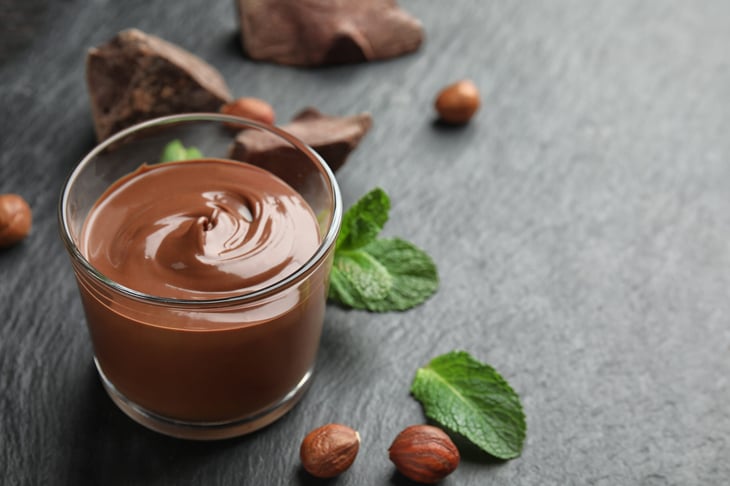
Ah, sweet custard and cream fillings, so hard to resist. But do resist freezing them.
“Custards tend to weep,” Powers-Hammond cautions. “The water squeezes out of them.”
And don’t leave frosted cake in the freezer very long for the same reason. Maybe it’s time to rethink the tradition of saving a slice of wedding cake for your first anniversary.
Watch the seasonings
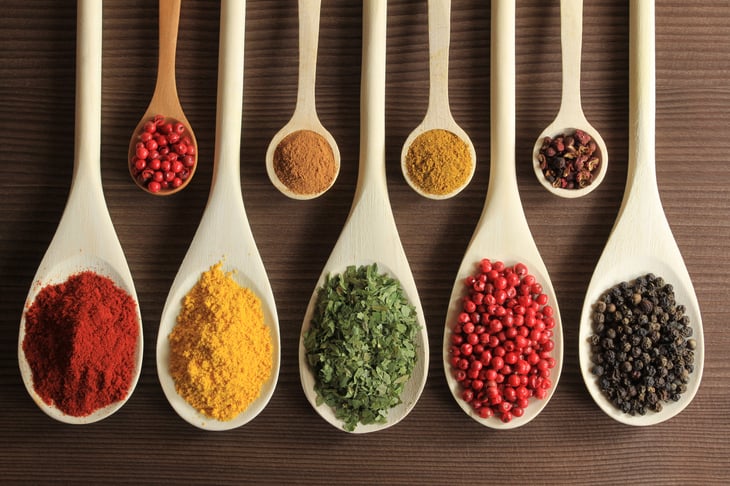
Here’s an added tip: If you’re making a spicy dish to freeze, go easy on the seasonings. Some seasonings become stronger in the freezer.
Powers-Hammond says that when she made two pans of enchiladas, serving one for dinner and freezing the second, the freezing dialed up the heat of the spices in the frozen dish so much that her spouse couldn’t believe the two dishes were from the same batch.
“Season lightly before freezing,” she concludes.





Add a Comment
Our Policy: We welcome relevant and respectful comments in order to foster healthy and informative discussions. All other comments may be removed. Comments with links are automatically held for moderation.